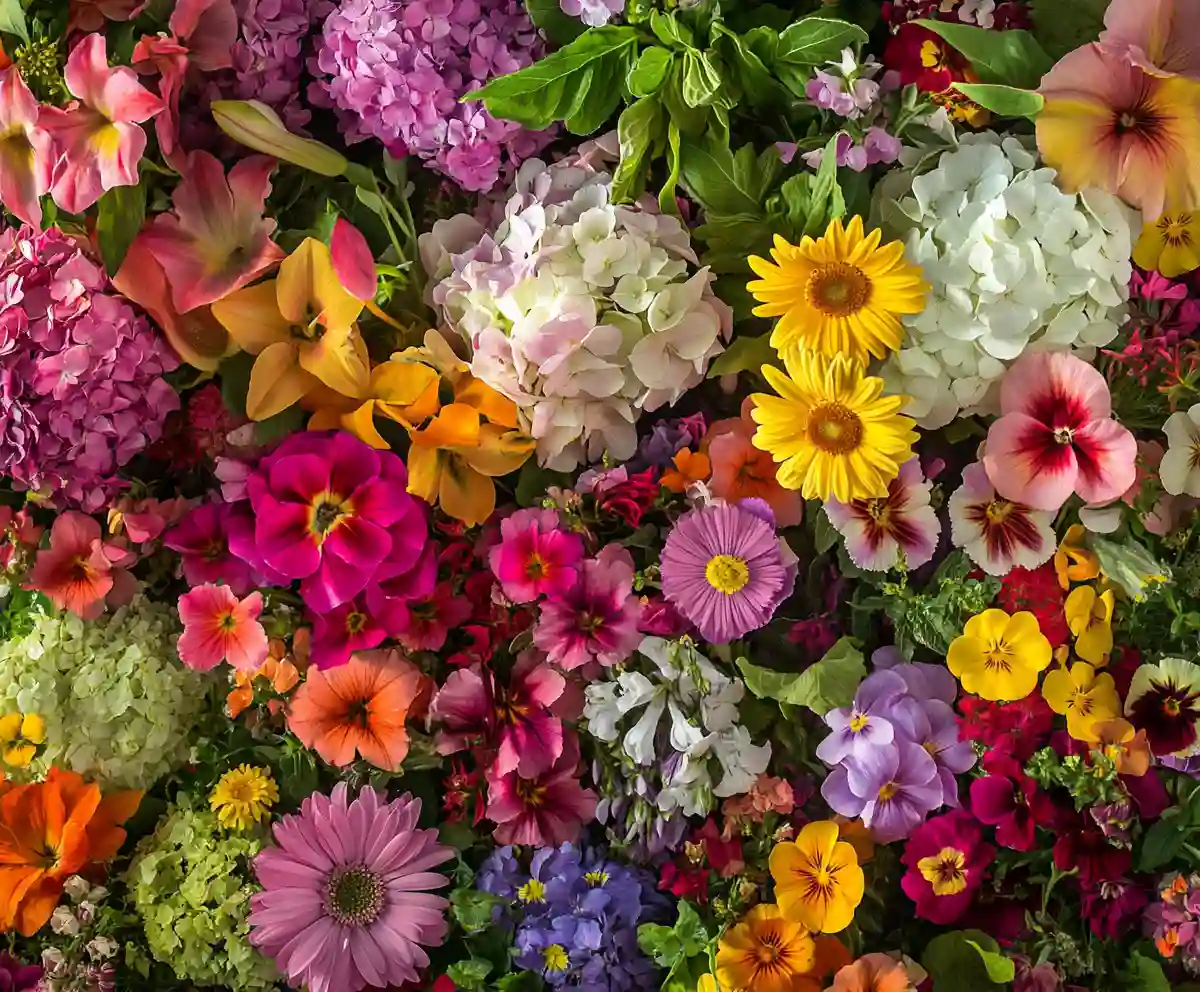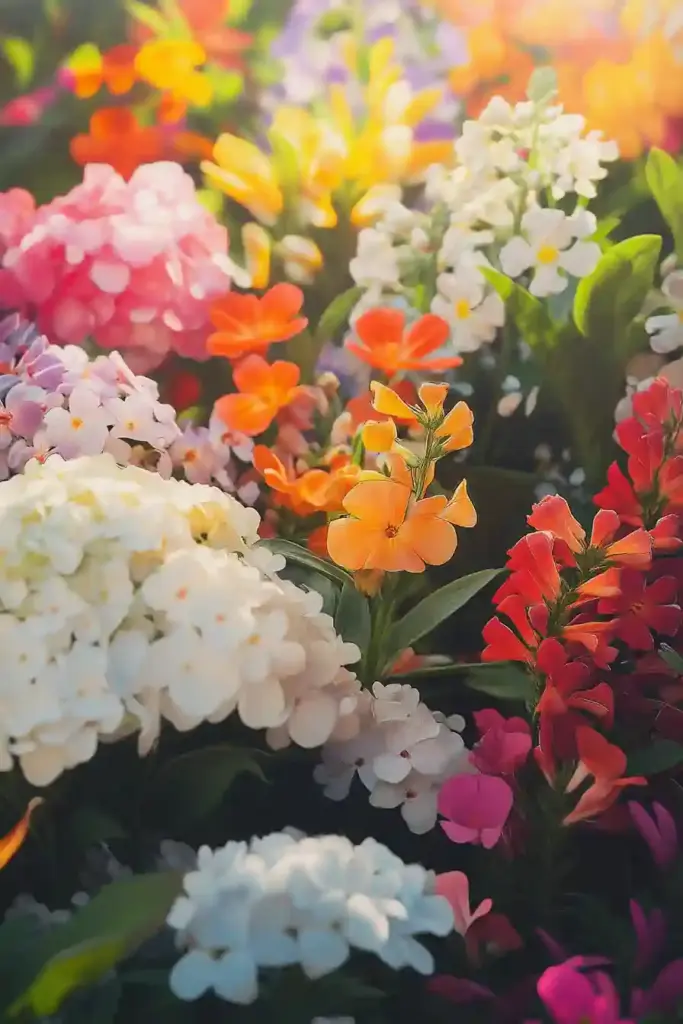Looking to fill your garden with midseason color and endless cut flowers? This sunny garden layout will transform your space into a cheerful paradise—perfect for flower lovers and home florists alike.
In this guide, you’ll learn how to create a garden bed filled with full-sun blooms that thrive from late spring through fall. Whether you’re dreaming of armfuls of daisies, elegant lilies, or charming snapdragons, this layout offers a thoughtful mix of heights, colors, and textures to keep your garden bursting with life—and your vases filled with fresh-cut stems.
Let’s dive in.
🌞 Designing a Full-Sun Cut Flower Garden That Pops with Color
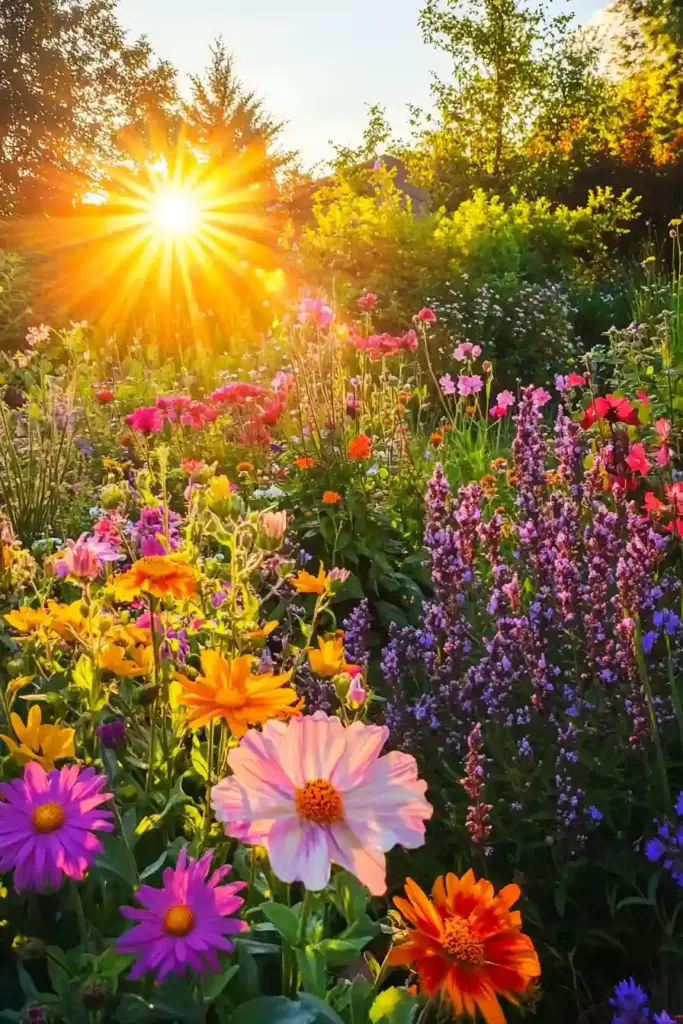
If you’re planting in a spot that gets 6+ hours of sunlight a day, you’re in luck—many of the best cut flowers thrive in full sun. This layout is tailored for USDA Zones 3–9, and the design pairs tall showstoppers with medium and low bloomers for a layered look that lasts.
Why This Layout Works:
- Blooms all season long: From early summer lilies to fall-happy gomphrena.
- Sun-lovers only: All selected plants thrive in sunny conditions (with one small exception).
- Cut-and-come-again varieties: Frequent harvest encourages more flowers.
Primary keyword: Cut flower garden layout for midseason full-sun blooms
✅ Used in title and intro.
🌿 Garden Layout Highlights: What You Need to Know Before Planting
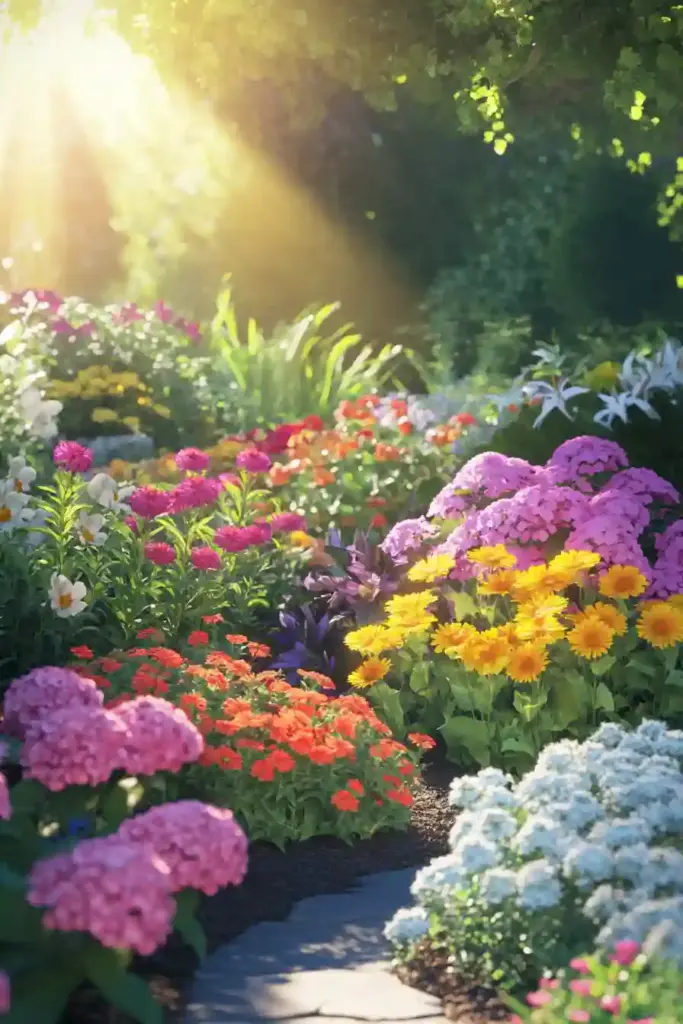
Before you start digging, it’s helpful to understand how the plants in this layout behave—especially when it comes to sunlight needs, bloom timing, and how they handle different climates. This ensures your cut flower garden layout for midseason full-sun blooms is set up for success from the start.
☀️ Sun Requirements
- Full sun (6+ hours) is essential for most of these plants to bloom well.
- Hydrangeas are the one exception—they appreciate morning sun and some afternoon shade, especially in hot zones.
🌎 Climate Compatibility (USDA Hardiness Zones)
This garden plan suits a wide range of climates:
| Plant | USDA Zones | Notes |
|---|---|---|
| Hydrangeas | Zones 3–9 | Varies by variety—check for zone compatibility. |
| Shasta Daisies | Zones 4–9 | Tough perennials, bloom reliably every year. |
| Snapdragons | Annual in most zones | Cool-season favorites that bloom long with care. |
| Nasturtiums | Annual | Love sun, self-seed easily. |
| Gomphrena | Annual | Heat-tolerant, long-lasting cut flower. |
⏳ Blooming Timeline
- Early-Mid Season: Snapdragons, daisies, and lilies kick off the show.
- Mid to Late Season: Hydrangeas and gomphrena take over.
- Nasturtiums fill in along the front with cheerful, trailing blooms.
This lineup keeps your garden colorful from late spring into early fall, with a constant supply of flowers to cut and enjoy indoors.
💧 Watering Tips
- Hydrangeas need consistent moisture—especially during hot spells.
- The rest (daisies, snapdragons, etc.) are more drought-tolerant but will bloom better with regular watering during dry weather.
🌱 Seeds, Seedlings, or Bulbs? Choosing the Right Start for Each Flower
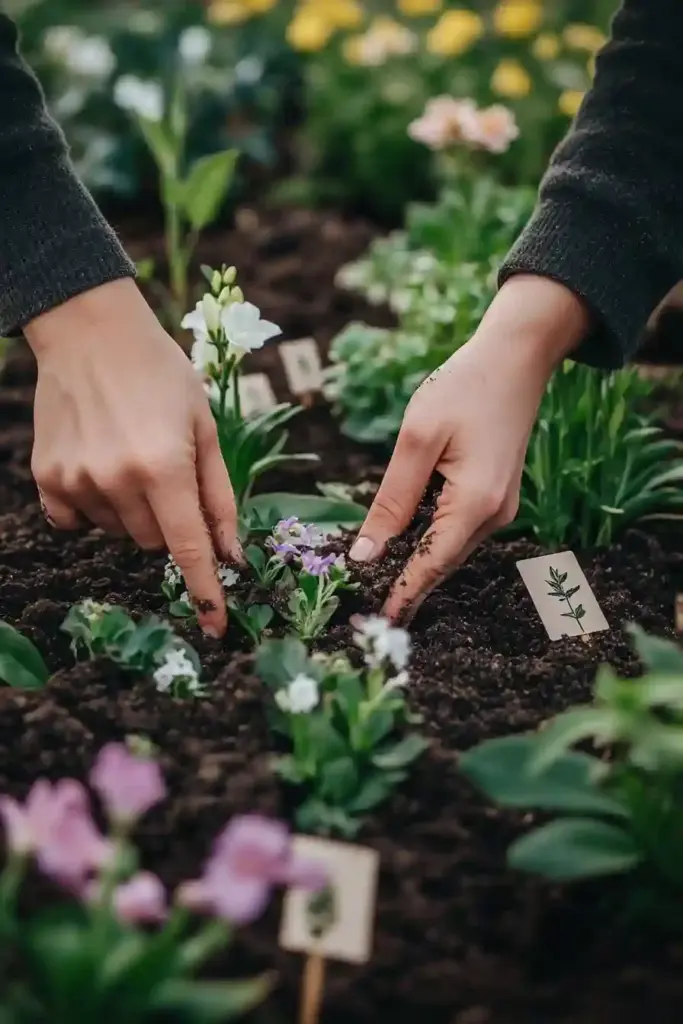
One of the keys to a successful cut flower garden layout for midseason full-sun blooms is starting your plants the right way. Some flowers do best from seed, while others thrive when planted as seedlings or bulbs. Here’s what you need to know:
🌸 Plant-by-Plant Propagation Guide
| Plant | Best Start Method | When to Plant | Pro Tips |
|---|---|---|---|
| Hydrangeas | Potted nursery plants | Spring or early fall | Slow to grow from seed—opt for mature shrubs. |
| Lilies | Bulbs | Fall (for spring) or early spring | Plant at correct depth; they’ll return yearly. |
| Snapdragons | Seedlings or nursery starts | Indoors in early spring, or transplant after frost | Cool-season flower—start early! |
| Shasta Daisies | Nursery plants or divisions | Spring | Starting from seed is slow; go for established clumps. |
| Nasturtiums | Direct sow seeds | Late spring to early summer | Super easy to grow; thin to 8–10” apart. |
| Gomphrena | Seeds or seedlings | Late spring after danger of frost | Prefers full sun; transplant for best spacing. |
🌿 Bonus Tip:
If you’re tight on time or new to gardening, starting with nursery plants can save a ton of effort—especially for perennials like hydrangeas and daisies.
Starting right means blooming right. Make sure your timing and methods match each plant’s needs for the best results in your midseason full-sun garden.
🪴 Garden Layers & Plant Choices: Building a Balanced Blooming Bed
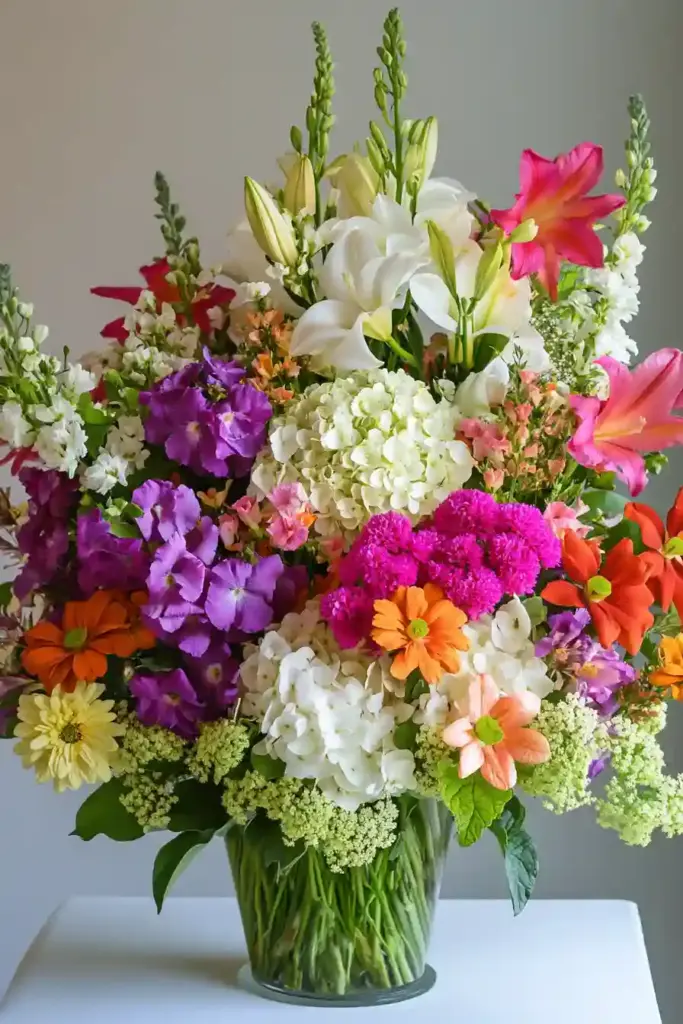
A successful cut flower garden layout for midseason full-sun blooms isn’t just about plant variety—it’s also about arranging them in layers. Layering by height creates a structured, visually appealing garden and makes it easier to harvest cut flowers.
This layout uses a three-tiered planting plan: tall in the back, medium in the middle, and low-growing varieties in the front.
🌼 Layer 1: Back (Tall Plants)
These structural plants anchor the garden and add height for dramatic impact.
- Hydrangeas (3–6 ft tall)
- Space: 36 inches apart
- Sun: Morning sun, afternoon shade
- Variety Tip: Choose types suited to your zone (like Panicle or Smooth hydrangeas)
- Lilies (3–5 ft tall)
- Space: 12–15 inches apart
- Sun: Full sun
- Bloom Period: Early to mid-summer
Suggested layout: 2 hydrangeas + 3 lilies spaced evenly along the back of an 8-ft-wide bed.
🌸 Layer 2: Mid (Medium Plants)
Mid-height bloomers provide volume and contrast while offering excellent cut flowers.
- Snapdragons (1–3 ft tall)
- Space: 10–12 inches apart
- Sun: Full sun
- Cut Flower Tip: Regular deadheading promotes more blooms.
- Shasta Daisies (1–3 ft tall)
- Space: 12–15 inches apart
- Sun: Full sun
- Bloom Period: Mid-summer into fall
Suggested layout: Alternate 3 snapdragons and 3 daisies in a single mid-row across the bed.
🌿 Layer 3: Front (Low-Growing Plants)
These charming border plants fill out the garden’s edge and bring vibrant color down low.
- Nasturtiums (8–12 inches tall)
- Space: 8–10 inches apart
- Sun: Full sun
- Bonus: Edible flowers! Self-seeds readily for next season.
- Gomphrena (1–2 ft tall)
- Space: 8–10 inches apart
- Sun: Full sun
- Cut Flower Bonus: Long-lasting blooms, even when dried.
Suggested layout: Mix 4 nasturtiums and 4 gomphrena along the front edge.
Each plant has a role to play—structure, color, texture, or filling space—and when combined, they create a lush, cutting-friendly garden that delivers all season long.
📏 Spacing Notes & 🌿 Maintenance Tips: Keep Your Garden Thriving
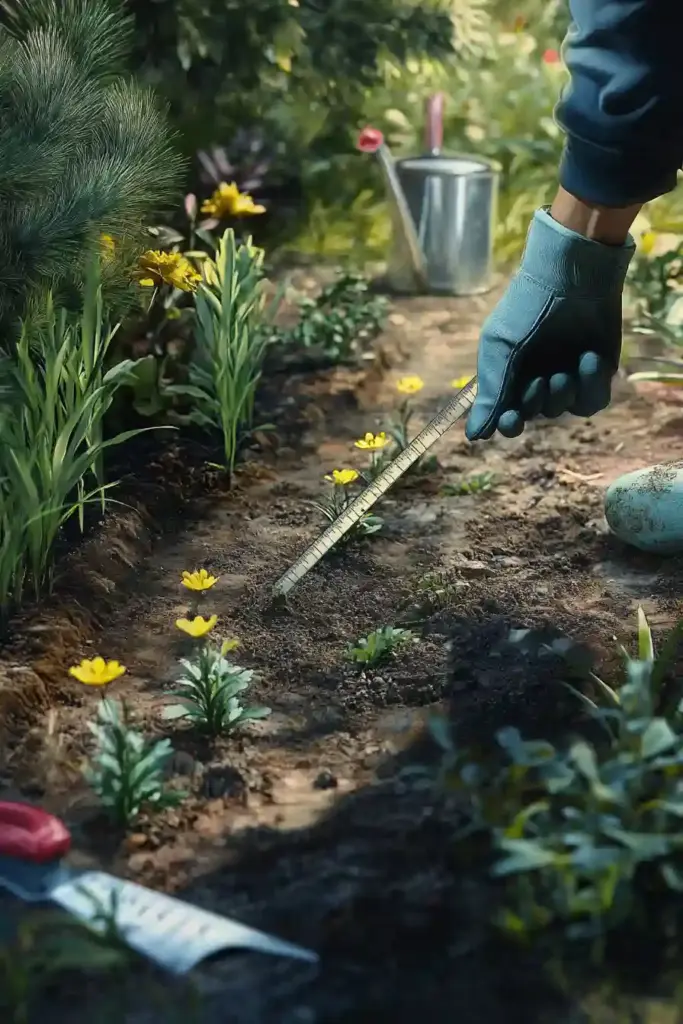
Even the best cut flower garden layout for midseason full-sun blooms needs smart spacing and a little regular TLC to stay vibrant all season. Here’s how to make sure your plants grow strong and bloom beautifully.
📐 Spacing Guidelines
Spacing matters—a lot. Too close, and plants compete for light and nutrients. Too far, and you waste valuable garden space.
- Follow mature size guidelines when planting seedlings or nursery plants.
- If starting from seed, sow a bit thicker than needed and thin seedlings once they sprout to reach proper spacing.
| Plant | Spacing |
|---|---|
| Hydrangeas | 36″ apart |
| Lilies | 12–15″ apart |
| Snapdragons | 10–12″ apart |
| Shasta Daisies | 12–15″ apart |
| Nasturtiums | 8–10″ apart |
| Gomphrena | 8–10″ apart |
Tip: Use natural markers (like garden stakes or string) to keep rows tidy and evenly spaced.
🧹 Easy Maintenance Tips
This garden isn’t high-maintenance, but a little regular care goes a long way.
- Watering:
- Keep soil consistently moist—especially for hydrangeas.
- Water in the morning to avoid mildew and heat stress.
- Deadheading:
- Regularly remove spent blooms on snapdragons and daisies to encourage more flowers.
- Pruning:
- Prune hydrangeas according to their type (some after blooming, others in early spring).
- Self-seeding control:
- Nasturtiums may re-seed freely—thin them if they get too enthusiastic!
🪻 Full Layout Summary & Planting Reference
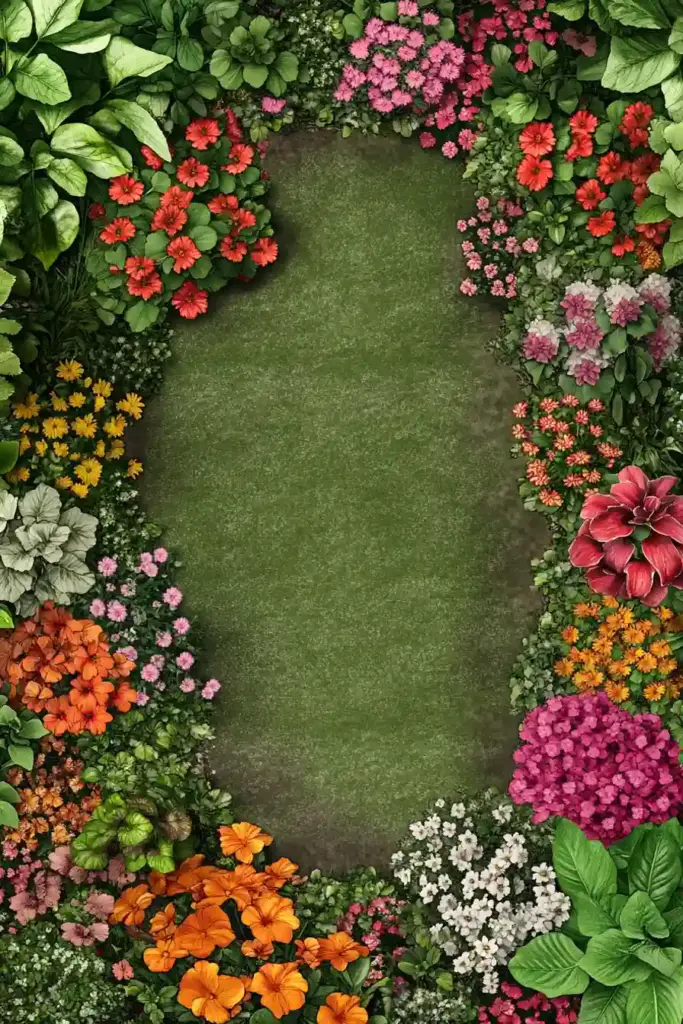
Now that you know what to plant, how to space it, and how to care for it, let’s look at how it all fits together in a real garden bed. This cut flower garden layout for midseason full-sun blooms is designed for an 8-foot wide by 6-foot deep space, but you can easily scale it up or down.
📊 Suggested Planting Plan
Here’s a breakdown of what to plant in each layer:
🔹 Back Layer (Tall Plants)
Create a stunning backdrop with structure and bold blooms.
- 2 Hydrangeas – One on each corner (or spaced evenly)
- 3 Lilies – Clustered between the hydrangeas
🔸 Mid Layer (Medium-Height Plants)
Build volume and midseason color with these cut garden classics.
- 3 Snapdragons – Space evenly
- 3 Shasta Daisies – Alternate with snapdragons for texture and contrast
🔹 Front Layer (Low-Growing Plants)
Define the garden edge and add playful color.
- 4 Nasturtiums – Trailing habit works great near borders
- 4 Gomphrena – Upright but compact; perfect for front placement
🌟 Conclusion: Grow a Garden That Gives Back—All Season Long
Creating a cut flower garden layout for midseason full-sun blooms isn’t just about beauty—it’s about building a space that brings you joy, season after season. With thoughtful plant choices, strategic layering, and a bit of care, your garden will become a continuous source of vibrant flowers for bouquets, centerpieces, or just brightening up your outdoor space.
Whether you’re a seasoned grower or a beginner with a sunny patch of soil, this layout gives you everything you need to get started: color, texture, fragrance, and a harvest of happiness all summer long.
So grab your gloves, prep your soil, and let your garden bloom with purpose and joy. 🌸
🌿 Love gardening inspiration? Follow me on Pinterest for bold plant ideas, tips, and seasonal color!
More Posts
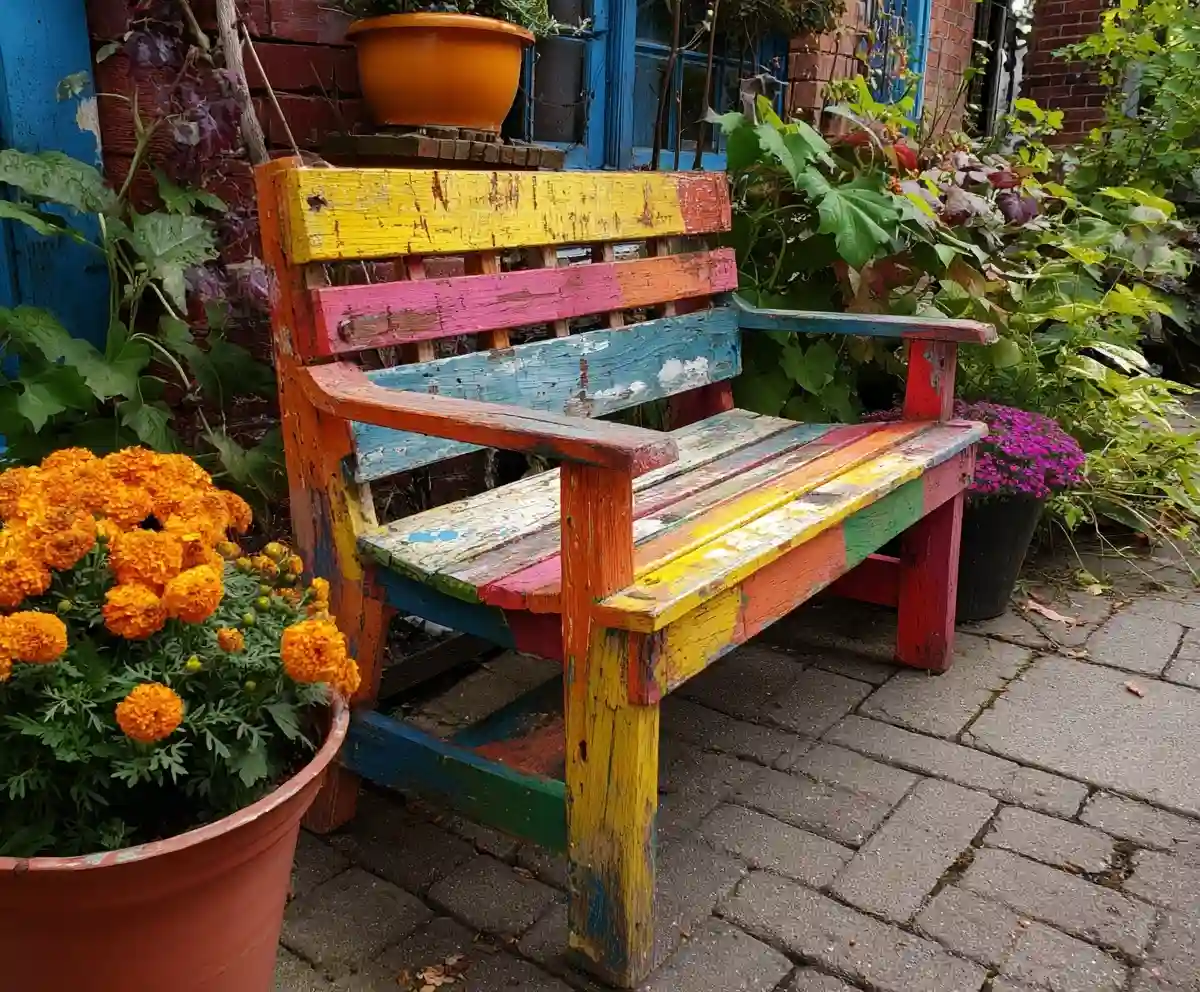
19+ Budget-Friendly Backyard Makeover Ideas
Backyard makeover ideas can turn even the most ordinary outdoor space into a warm, inviting retreat—without draining your wallet.
Read More →
21 Stunning & Simple DIY Clematis Trellis Designs
DIY clematis trellis designs are a beautiful way to blend creativity with function in your garden.
Read More →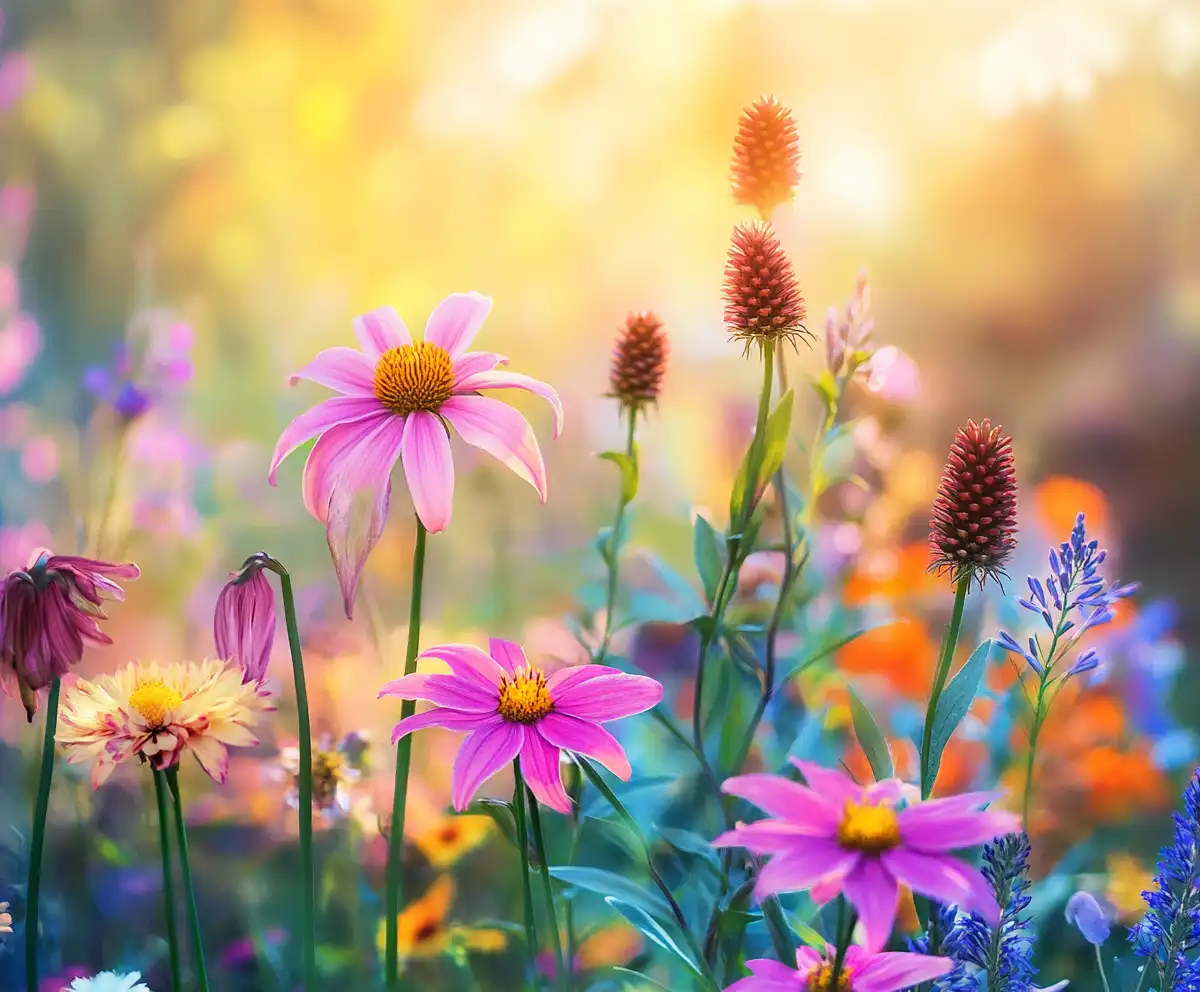
12 Full Sun Perennials That Bloom All Summer
Explore a selection of hardy perennials that flourish and bloom beautifully in full sun throughout the summer.
Read More →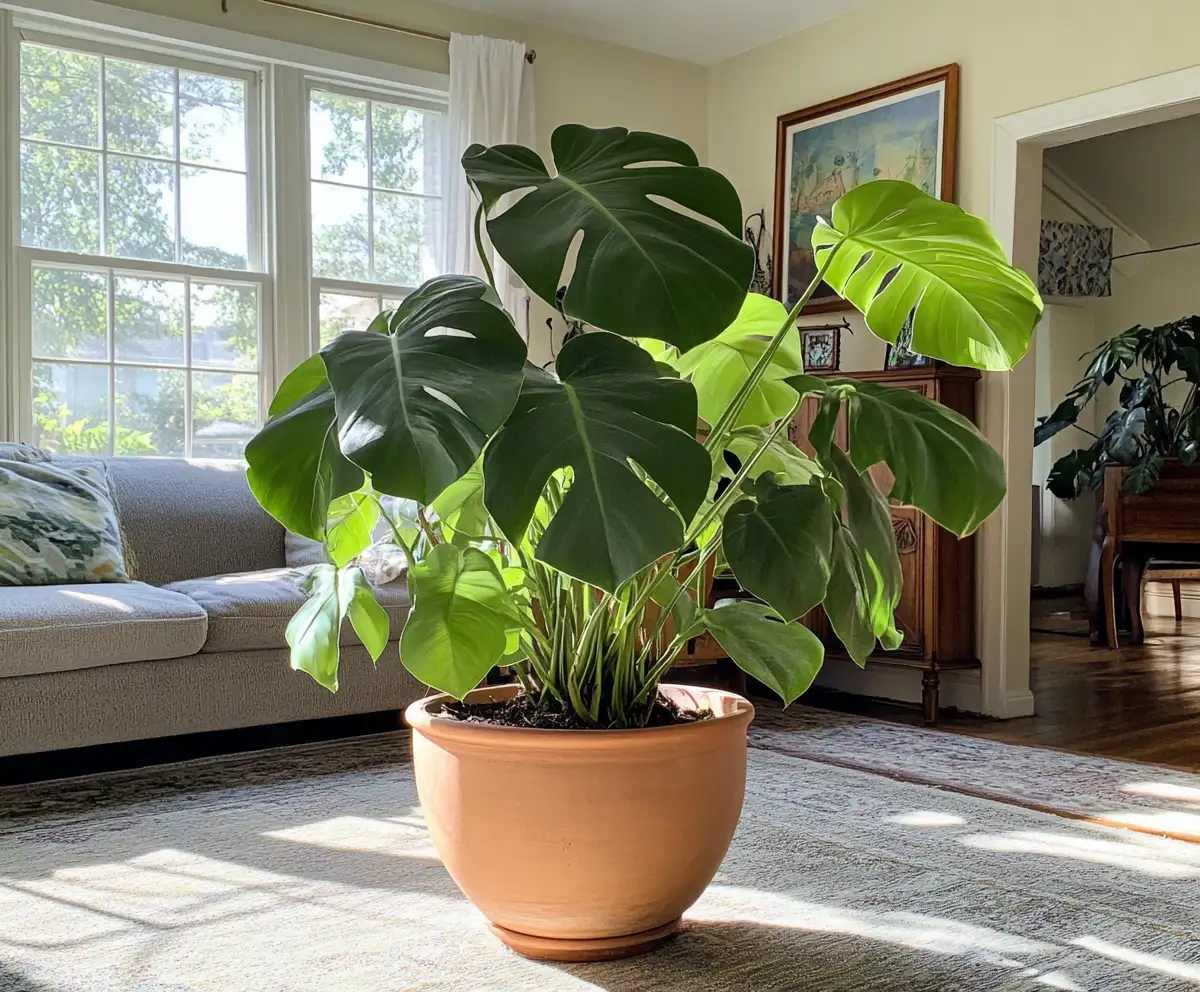
Houseplants for Living Room
Find the perfect houseplants to brighten and purify your living room while adding a touch of nature indoors.
Read More →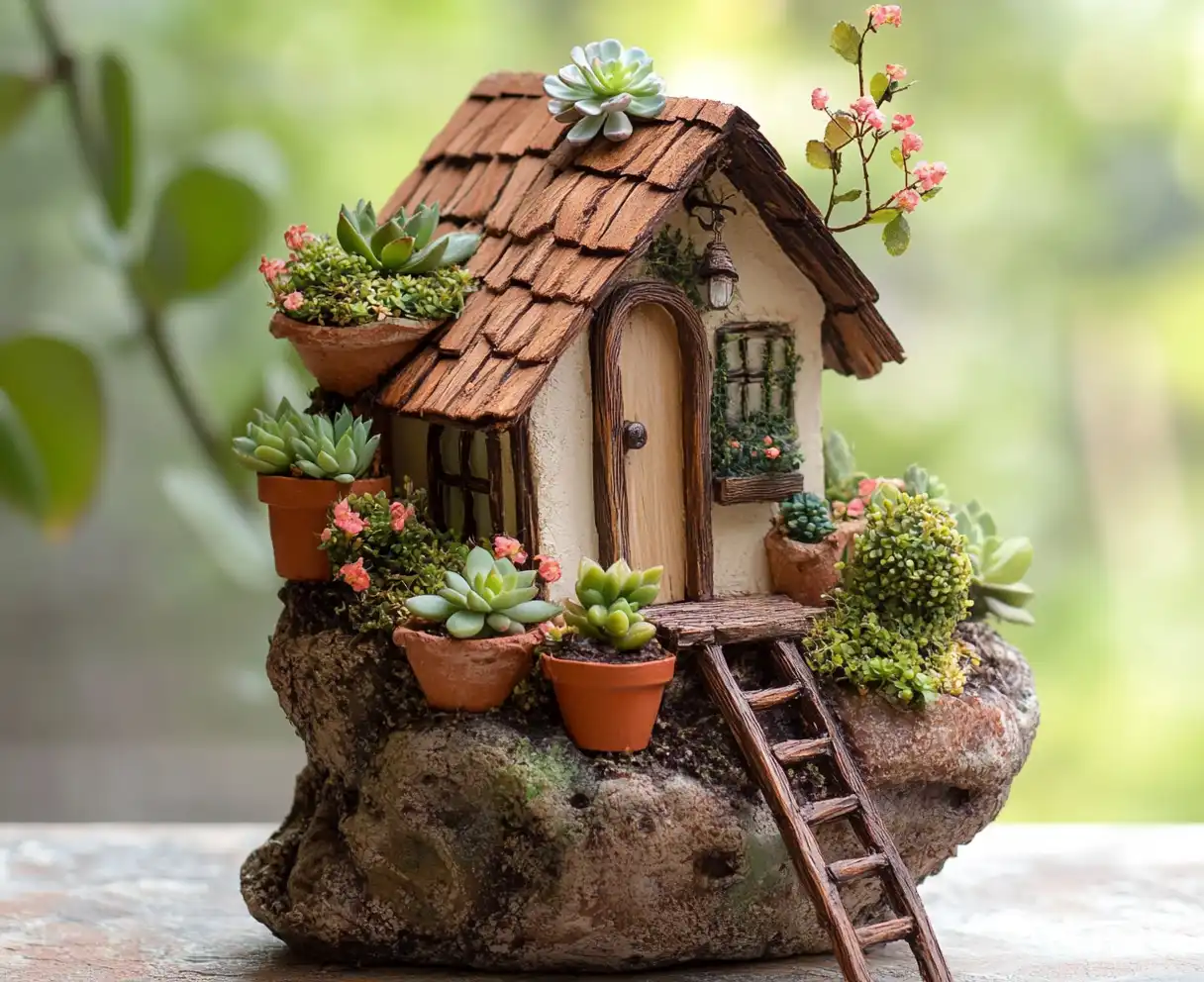
Backyard Play Area for Kids
Create a fun and safe backyard play area for kids with these inspiring design ideas and tips.
Read More →
Top Privacy Trees
Discover top tree varieties that provide natural privacy and enhance your outdoor space.
Read More →
